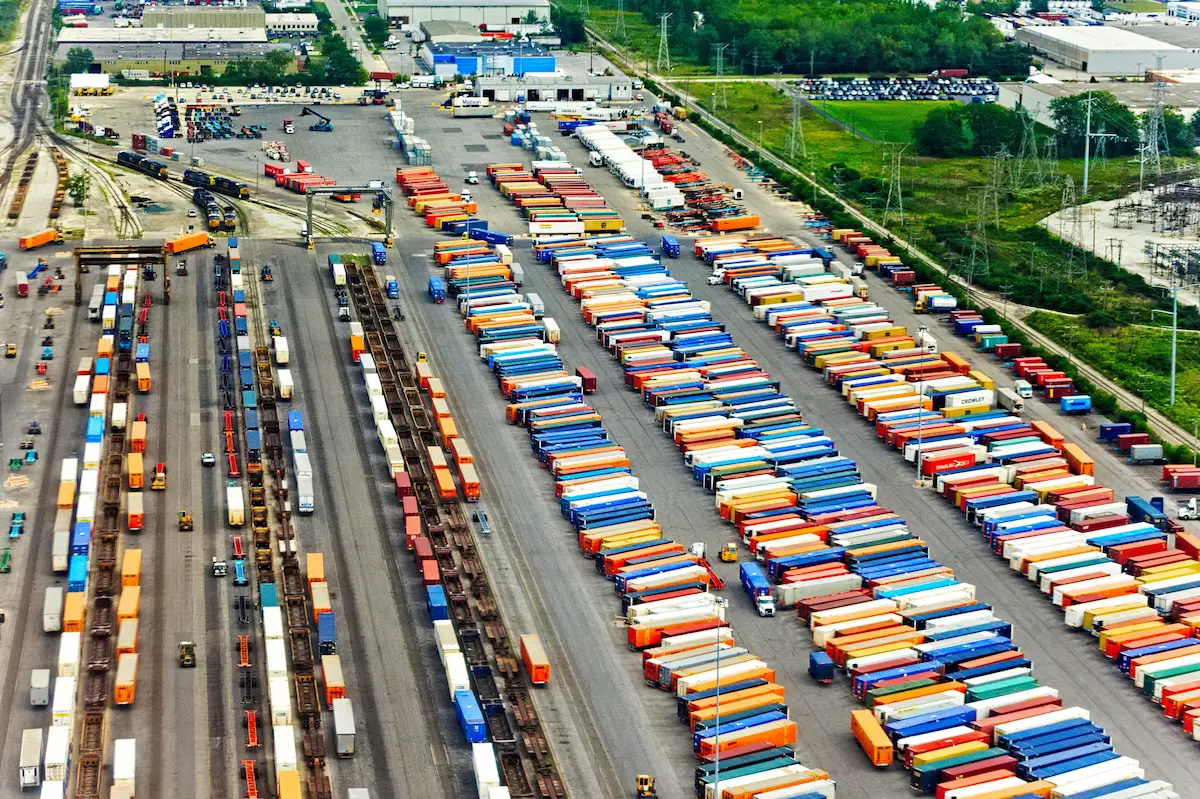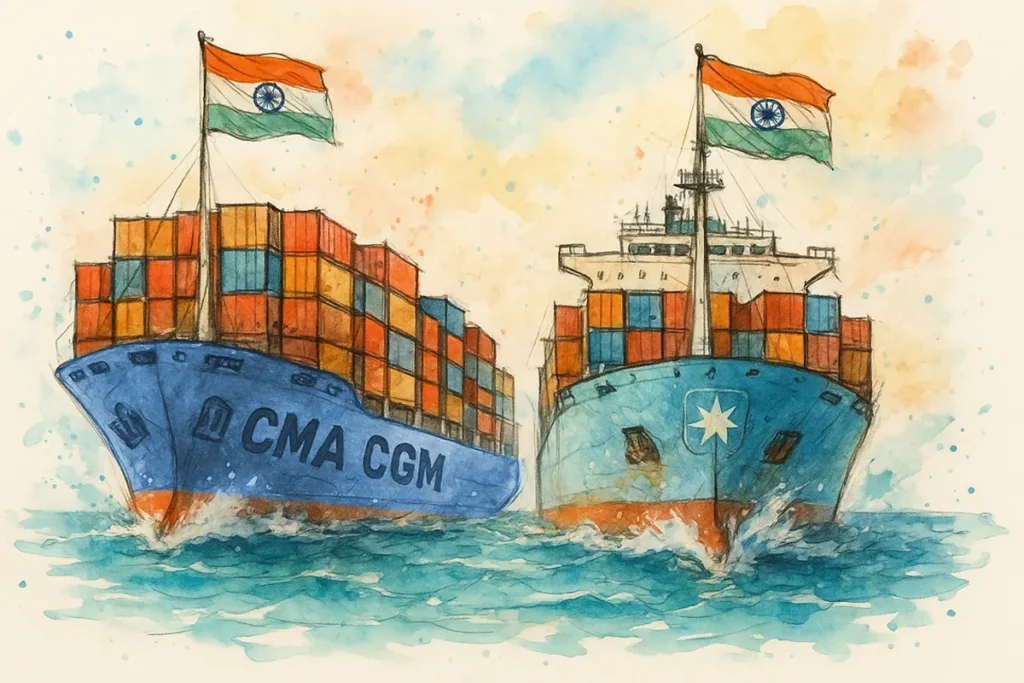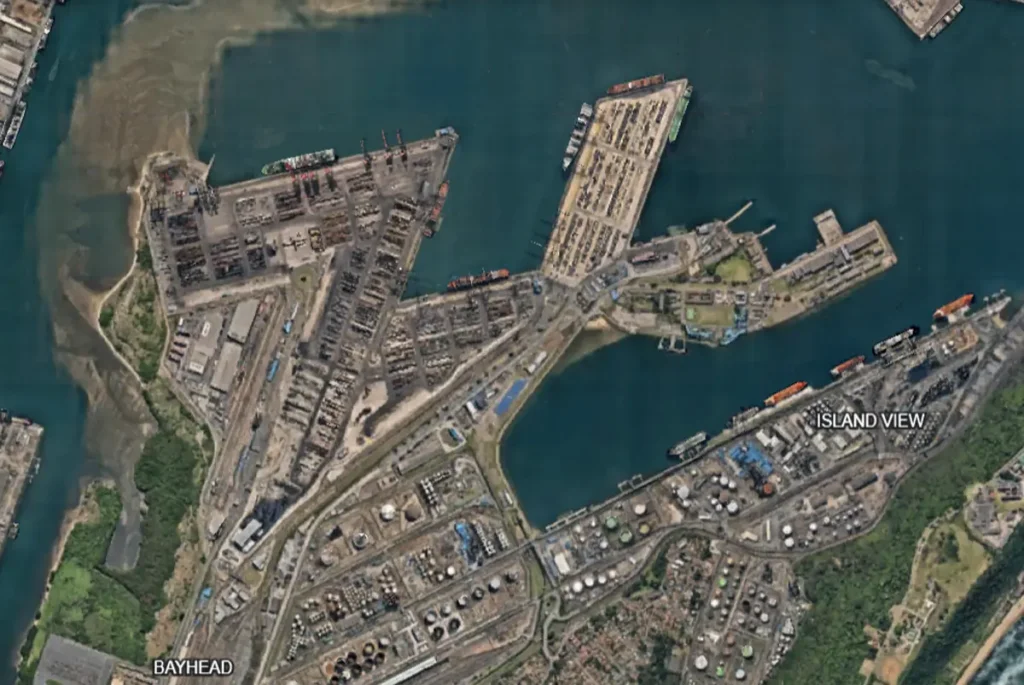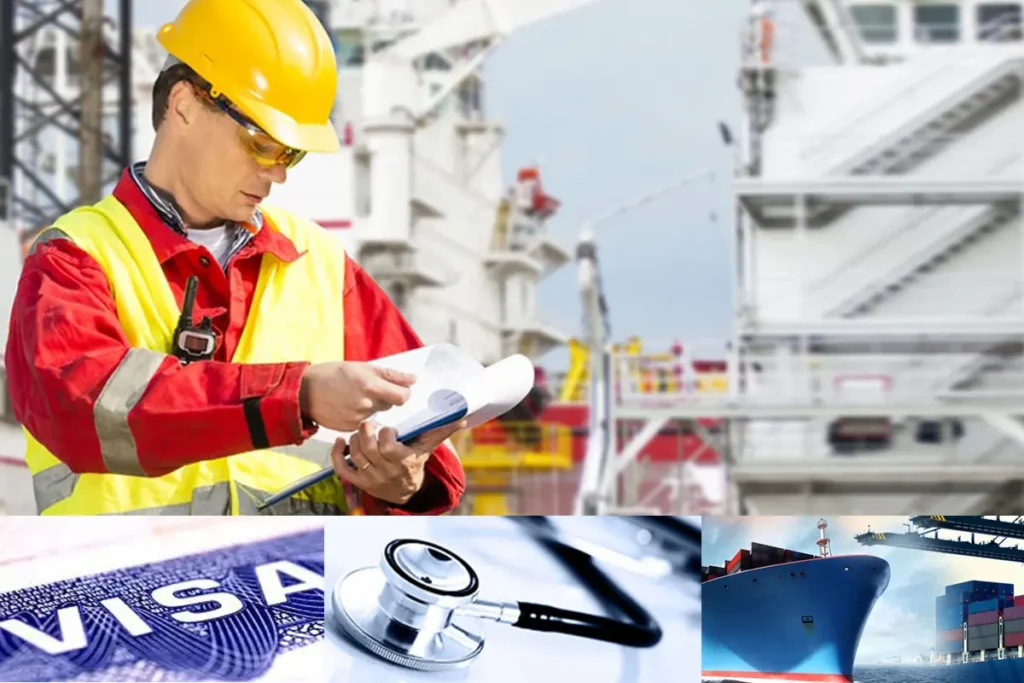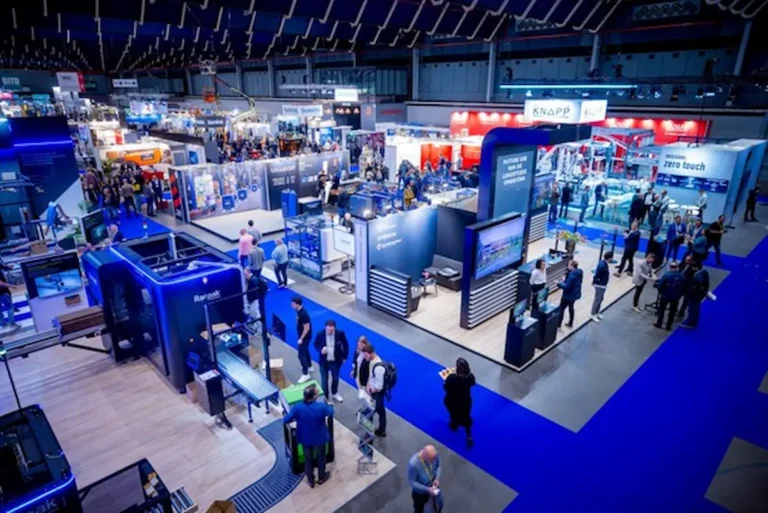If there is one thing we know in global trade, it is that businesses increasingly want more control, more certainty, and more sustainable ways to move goods..
From disrupted delivery timelines to rising costs and climate targets, the pressure is on to build supply chains that are not only efficient, but also adaptable and future-ready..
This is where intermodal transportation—the combined use of two or more modes of transport—offers a compelling solution..
And in most cases, the most practical and popular combination is ocean transport plus inland transport via truck, rail, or barge.. Together, they connect global shipping lanes to factories, warehouses, and stores across landlocked regions and growing urban markets..
What is intermodal transportation – and how does it work..??
Intermodal transportation refers to the use of multiple modes of transport—such as ocean, rail, truck, and barge—to move cargo from origin to final destination without handling the cargo itself when changing modes.. The load remains in the same container or unit throughout the journey, making it faster, safer, and less complex..
The inland portion includes road, rail, and barge, but excludes air and ocean transport..
This inland leg is crucial because although 90% of the world’s goods are moved by ocean, they must eventually reach inland locations.. Hence, integrating ocean and inland services becomes not just an option, but a necessity..
Why does intermodal matter now more than ever?
According to McKinsey, three priorities have moved to the top of supply chain agendas: resilience, agility, and sustainability.. These goals are hard to achieve with fragmented transport arrangements.. But by consolidating services through intermodal strategies—especially via a single logistics partner—businesses can improve performance on all fronts..
Additionally, Maximise Market Research estimates that the intermodal freight market, valued at USD 35 billion in 2021, will grow beyond USD 117 billion by 2029, driven by rising demand for flexible, scalable logistics.. It’s a sign that more companies are beginning to embrace the full potential of integrated movement..
Six reasons why ocean + inland intermodal transport is transforming freight
- Convenience that simplifies complexity
With intermodal transport, businesses avoid the hassle of coordinating multiple carriers, freight forwarders, and local hauliers.. Instead, they deal with one logistics partner who handles the entire door-to-door movement—from ship to shore to store..
This reduces manual handoffs, limits delays, and simplifies billing into a single consolidated invoice.. Some partners even bundle insurance, customs clearance, and documentation, making the experience nearly seamless..
- Flexibility in the face of disruption
Global logistics is unpredictable.. Port congestion, labour strikes, geopolitical tensions, or weather can throw off even the best-laid plans.. With intermodal, businesses can switch between transport modes when disruptions hit—often in real time..
A reliable logistics partner will offer pre-planned alternatives, such as moving cargo from ship to rail instead of truck, or rerouting inland freight via secondary ports and barge terminals..
- Improved visibility = smarter decision-making
One of the biggest challenges in freight today is the lack of end-to-end visibility.. According to McKinsey, 45% of businesses still report gaps in tracking their cargo.. Intermodal transport solves this by providing integrated digital platforms that track shipments across all legs—ocean and inland alike..
This transparency improves reliability, lets supply chain managers spot risks early, and gives customer service teams accurate ETAs.. The combination of IoT, GPS, and smart sensors means that even temperature or shock-sensitive cargo can be monitored in real-time..
- Faster entry into new markets
Expanding into a new region typically involves sourcing multiple suppliers, vetting transport routes, and building relationships from scratch.. It can take months..
But with the right intermodal provider, businesses can plug into existing global networks with local assets and partners, allowing them to bypass lengthy setup times and focus on growth..
- Cost-effective without cutting corners
A common misconception is that bundling services increases cost.. In truth, integrated intermodal solutions often lower total spend by reducing detention charges, demurrage, storage, and handling costs..
Because containers move seamlessly from port to rail or truck with fewer idle periods, operations are streamlined and costs are better controlled.. There’s also less cargo damage and fewer delays from repeated handling..
- Supports real decarbonisation goals
With sustainability now a top 10 priority for CEOs globally (Gartner), supply chains are under scrutiny for their carbon footprints.. Intermodal allows companies to switch from road to rail or barge—options that emit far less CO₂ per tonne-kilometre..
Moreover, some partners offer biofuel options, EV trucking, and barge transport that further lower emissions, helping clients move closer to their net-zero targets..
Intermodal as a strategy, not just a service
Intermodal transportation isn’t just a smarter way to move goods—it’s a strategic enabler of resilient, flexible, and sustainable trade.. When businesses combine ocean freight with inland options—and partner with a provider that owns or controls these assets—they unlock real-time visibility, integrated services, and operational peace of mind..
This shift is no longer just about cost or convenience.. It’s about having the agility to compete, the insight to adapt, and the capability to grow—regardless of market conditions..

